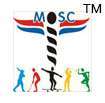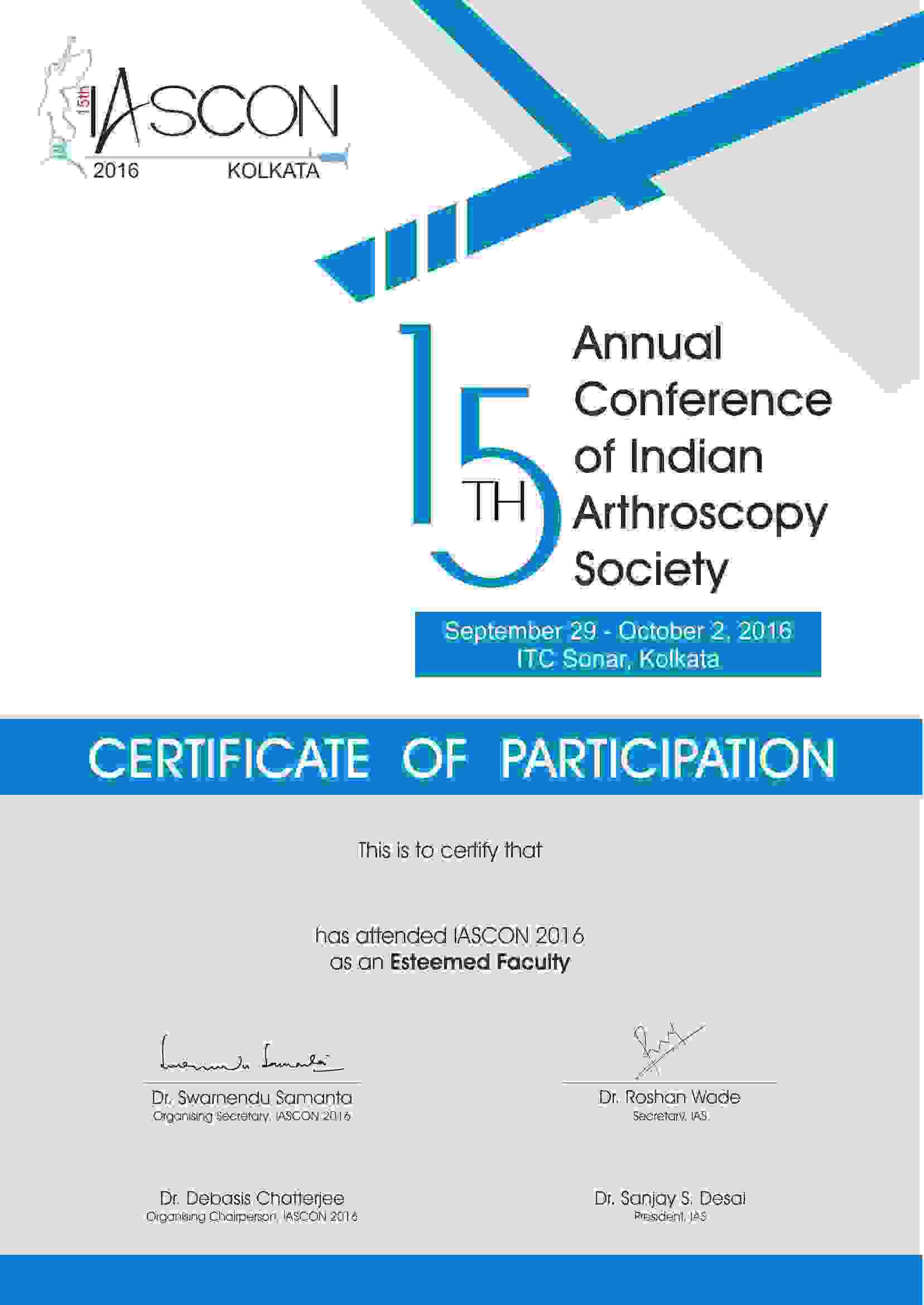OATS is one of the 2 main types of cartilage transplantation procedures. Mosaicplasty is the other type of the transplantation procedure.
OATS procedure mainly begins with an examination with the help of arthroscope. A portion of healthy cartilage (called the graft) is taken from the non-weight bearing part of the knee. This graft is considered as a cylindrical plug of cartilage and subchondral bone. It is then transplanted into the area of defect. This results in a smooth surface of cartilage in the joint.
In certain situations, multiple plugs of cartilage may be transplanted to the damaged area. These multiple plugs when embedded resembles a mosaic, hence the name. Comparatively larger plugs are used in the OATS procedure. Therefore, use of one or two plugs might be sufficient in this case.
OATS procedure is a preferable option in the case of small defects in cartilage. This can be attributed to the reason that cartilage plugs can only be taken from a limited area in the joint.
Autologous Chondrocyte Implantation (ACI)
ACI involves two major steps. First step is the growth of new cells and the second is its implantation in the site of cartilage defect.
As in OATS, healthy tissues of cartilage (chondrocyte) are taken from a joint surface that does not bear much weight. This can be done using an arthroscope.
These healthy chondrocyte tissues are cultured in a reliable laboratory. The time taken for culture may range from 3 to 5 weeks. These tissues are then implanted into the area of defect. Implantation is done through an open surgical procedure called arthrotomy. At first, the outer lining of the bone called the periosteum is sewn over the area. The periosteal cover is then sealed with an adhesive substance, usually fibrin blue. Injection of the cultured tissues are then performed in the beneath of periosteum.
The advantage of the using the same tissues of the patients for implantation is that rejection rate will be negligible. However, the disadvantages are that it takes time for completion. Open surgery is also needed.
ACI procedure is mainly appropriate for a single defect that is larger than 2 cm in diameter. The procedure is preferable for younger patients.










